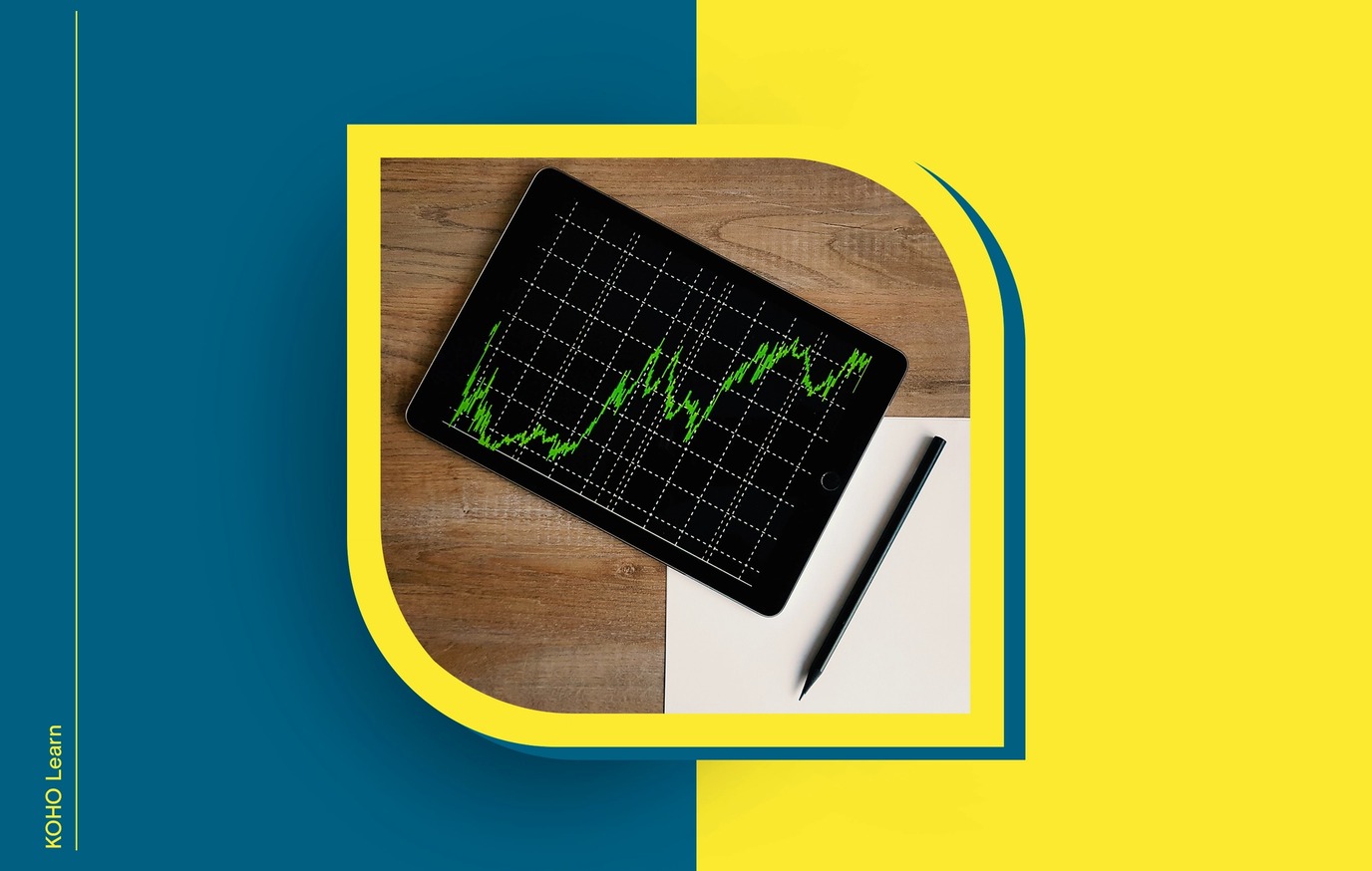
Rounding it up
It doesn’t take a finance degree to start investing. You just need to figure out whether you want to take the time and interest to invest yourself, or use an investing platform.
Once you start investing, think about your time horizon. The longer it is, the more risk you must handle.
If investing feels like gambling, reassess your attitude and situation. You might be thinking too-short term, or your portfolio might be too concentrated.
Investment fees can be a huge drain on your savings. Take the time to research lower cost options that work for you.
Investing is intimidating, no matter your career background or IQ. Trust me, as a business school grad who completely failed at my first attempt at investing, I get it. Very much.
I originally heard about investing when one of my friends at school said they were going to set up a TFSA with Questrade. Neither “TFSA” nor “Questrade” were in my vocabulary, but I thought it sounded like a responsible way to put my money to work. So I went online, filled out an application, and opened an account for the $1,000 bucks I had.
I was taking investing classes at school, but they made it sound so theoretical. All I knew was that I was supposed to pick winning stocks (gulp). I spent a few hours browsing “stock-pro” websites and after finding a few articles which sounded convincing, I put $500 each into 2 stocks. That’s right, a 2 stock portfolio.
I never made any money on that “portfolio” and the experience was pretty awful. I’d log into my account every week to see the stocks whipping around for reasons I couldn’t pretend to understand. One was moving sideways and ever so slightly up to the right, while the other seemed to just go down, down, down. I spent countless hours watching and wondering what was going on. Ironically, after university I was chosen for a job in investments where I learned the ins and outs of the trade. I quickly realized that I had been doing it all wrong.
Tip 1: It doesn’t take a finance degree to start investing.
All you need is $1 of savings. Start by asking yourself the following question: do I have the time and interest to invest by myself, or would I rather sign-up for an investing platform that does all the work for me? If you want to be hands-on, you’re a DIY investor. You can use self-directed platforms such as Questrade, Wealthsimple Trade, or the ones offered by the banks, and find great demo portfolios on the holy grail of DIY investing websites - Canadian Couch Potato. If not, sign up for a low-cost online investment platform that does the trading and rebalancing for you. The results should be the same (if not better!) with this strategy. There are lots of great options such as Wealthsimple, Questwealth, and even the big banks do this now. The pre-made portfolios they offer are basically the same, so choose your financial institution based on personal preference.
Tip 2: You can’t measure success or failure in the short-term.
Something I hear a lot is “I tried Wealthsimple a few months ago but I haven’t made any money yet, so it must not be working for me.” To reap the benefits of investing, you need at least 3-5 years. Otherwise, your money should be tucked away in a high-interest savings account where you’re guaranteed to make interest. Patience is the name of this game.
SPEND SMARTER. SAVE FASTER
Tip 3: If investing feels like gambling, you’re not doing it right!
Either you’re thinking too short-term, or your portfolio is too concentrated. There should never be enough money in one stock that it could take down your savings. You should own many stocks and spread out your risk. If you’re using an automated platform, they take care of this for you. If you’re a DIY investor, you can buy exchange-traded funds which are made up of lots of stocks, or by owning a large handful of stocks in different industries.
Tip 4: Your time horizon determines your risk.
When you decide to start investing, think about what the money is eventually for. The longer your time horizon, the more risk you can handle. Just because you’re a daredevil who prefers to take on more risk than the average person, that doesn’t mean you should. For money needed within 3-10 years, a conservative or balanced portfolio is best. For money needed in 10+ years, a more balanced or growth portfolio is appropriate. Find this confusing? No sweat. When you sign up for an online platform, they will ask you a series of questions and determine this for you.
Tip 5: Keeping your costs low matters (a lot).
Investment fees can be a huge drain on your savings. Like 33% of a drain. Take the time to research the lowest cost option for you. For do-it-for-me investors: online platforms like Wealthsimple have much lower fees than Financial Advisors (0-0.5 % vs. 1-2%) and do essentially the same job of trading, rebalancing and choosing your risk profile. For DIY investors: exchange-traded-funds or "ETFs" are your best friend because they have much lower fees than mutual funds (0.3% vs. ~2%) but tend to perform the same (or better). This isn't to say that all financial advisors and mutual funds are bad. But they should be examined with a fine-toothed comb and their value needs to be proven before you pay for them.
I learned the hard way, but you don’t have to! You've got this.

About the author
Silvi Woods is a financial planner at Wealthsimple and holds her CFA and CFP designations. Prior to Wealthsimple, she worked as an Investment Analyst for one of Canada’s largest equity mutual funds and as a Financial Planner at KOHO.
Read more about this author